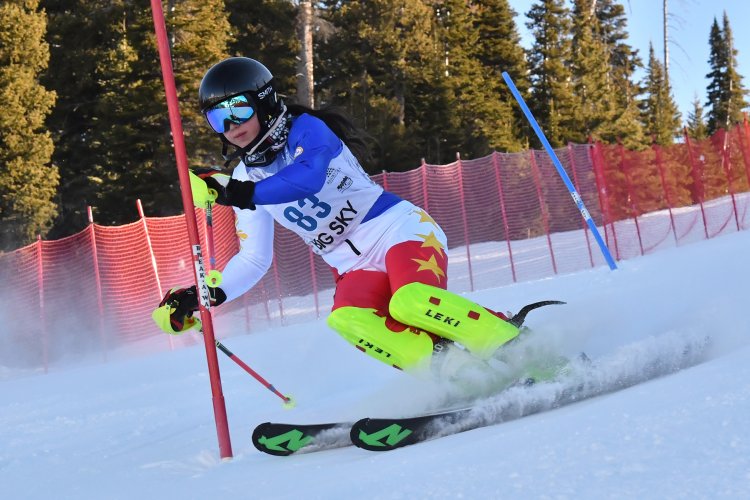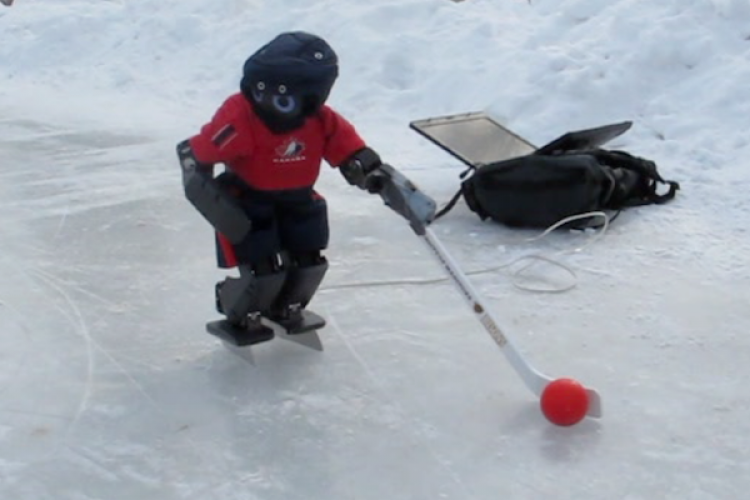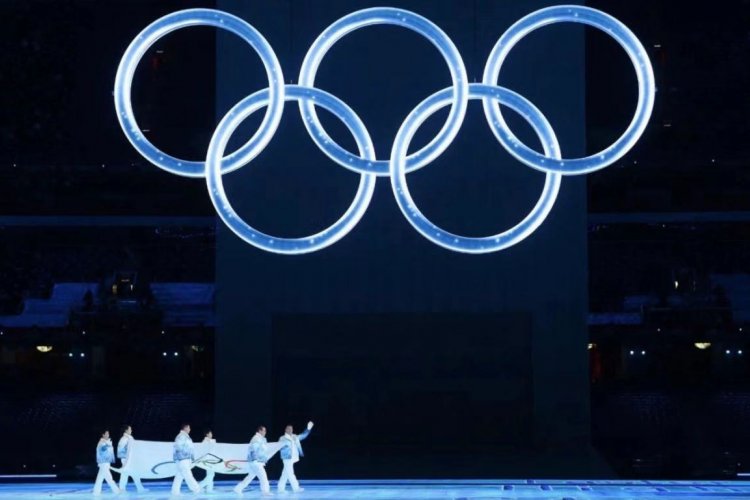How the Beijing Olympics Copes With Bad Weather
Beijing awoke on Feb 13 to snows that, while beautiful, resulted in the postponement of numerous Olympic events due to safety concerns. While not so fun for those hoping to watch the Games, this isn't the first time the Winter Games have been postponed due to bad weather.
A dozen events, including alpine skiing and snowboarding, were postponed at the Pyeongchang 2018 Winter Olympics due to high winds. Likewise, during Vancouver 2010 about 300 truckloads of fresh snow had to be taken up to the Cypress Mountains to ensure there would be enough to continue events.
To ensure a safe Games and avoid weather issues, Beijing's meteorological authority has a series of tricks up its sleeve, all in the form of weather monitoring equipment. There are two designated radar stations and roughly 50 weather monitoring stations in the Yanqing and Zhangjiakou Olympic areas alone.

The stations have been around for some five years now, and constantly release detailed weather reports for these areas. There are also 441 detectors that can calculate the magnitude of winds at different distances on alpine skiing courses.
Traditional monitoring methods can only forecast data on the hour, however, the AI used for Olympics weather monitoring is able to make more accurate predictions every ten minutes, including for blizzards and ice storms.

Of course, bad weather can equal a bad time for athletes, who run the risk of sustaining severe injuries due to high winds or low visibility. Olympic organizers have planned for this as well, with medical teams able to transfer athletes to first aid centers quickly by implementing temporary traffic restrictions to ensure they'll get to a designated hospital as soon as possible.

Read: Beijing News You Might Have Missed This Week, Feb 12
Images:广安门医院, Weibo







